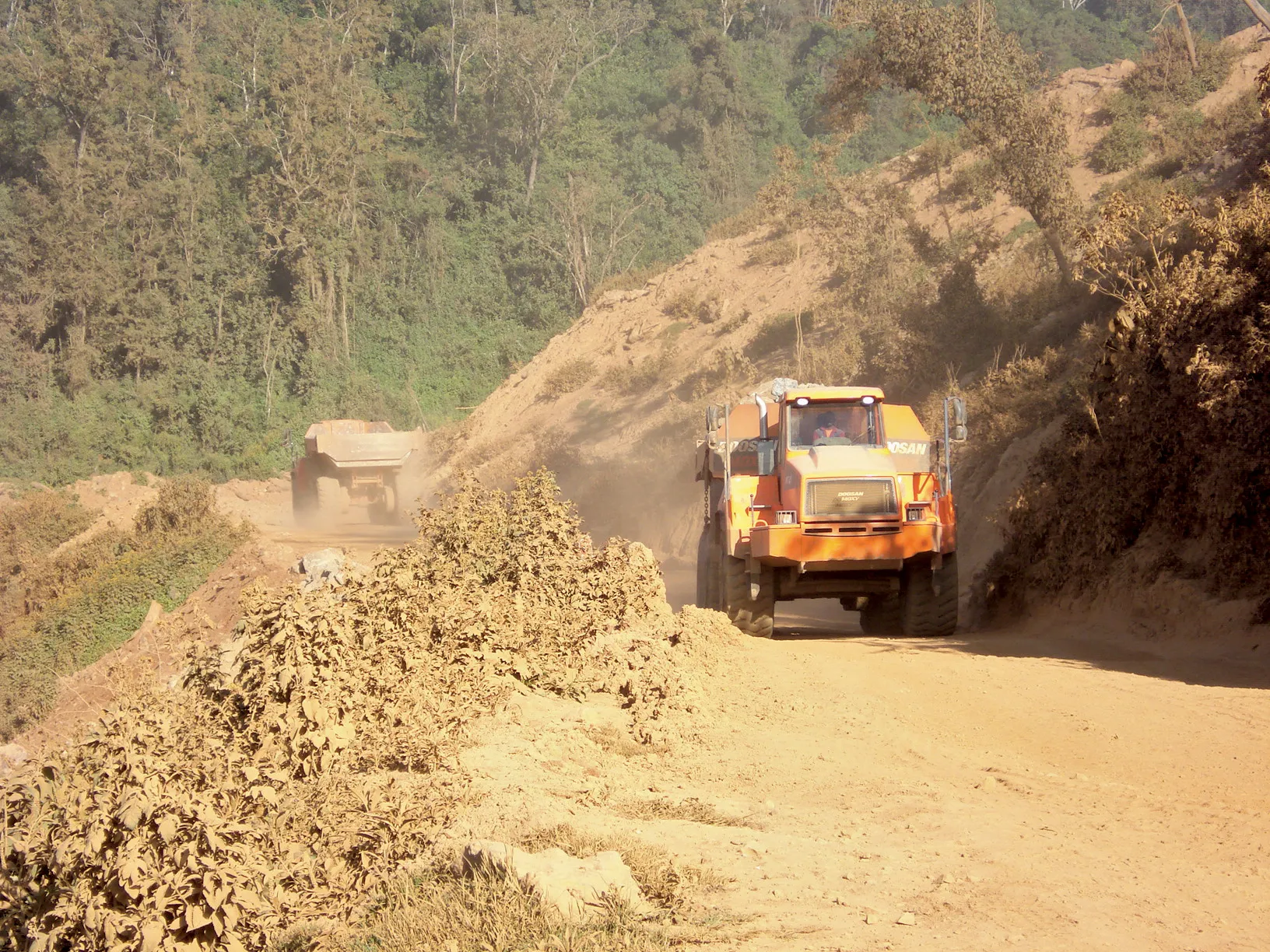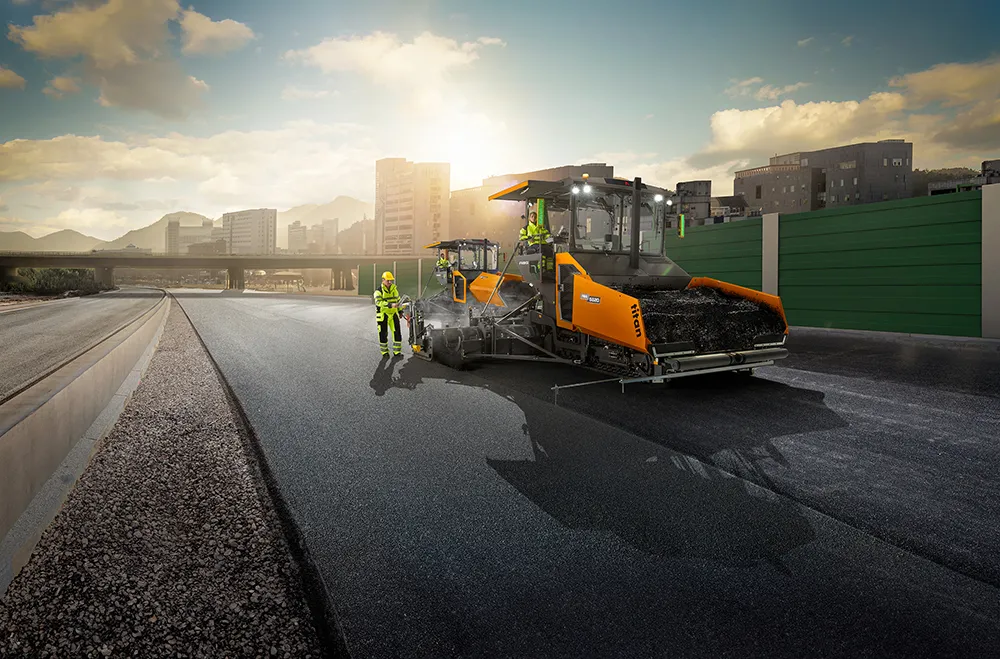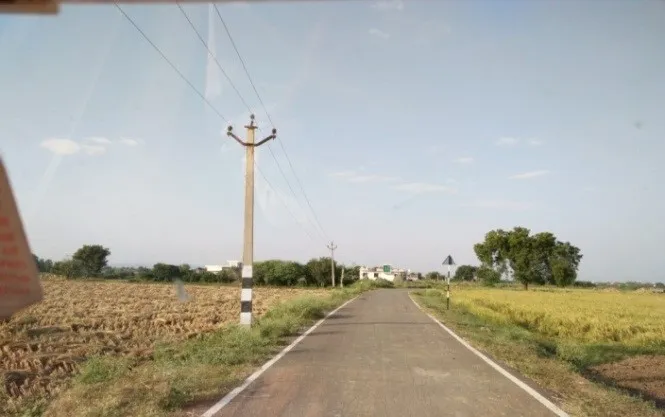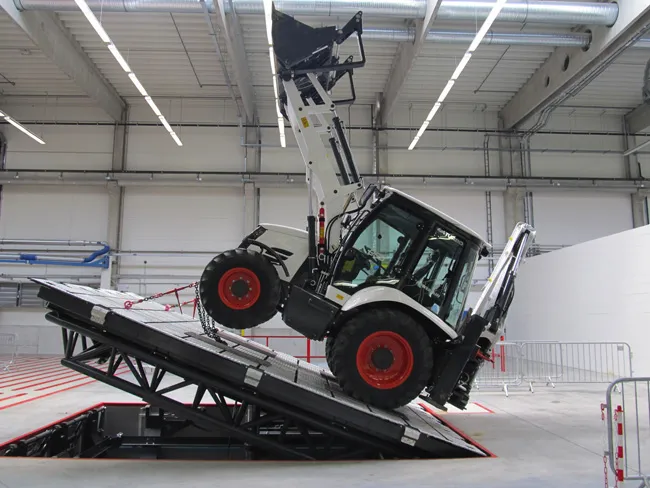In Kenya, a fleet of eight Doosan MT41 articulated dump trucks (ADTs) is being used to carry materials to a major dam project The Chemususu Dam in the Rift Valley, 250km north-east of the capital Nairobi is one of several dams being constructed with heavy investment from the Government of Kenya.The aim is to make access to safe water much easier, removing the need for the long journeys to remote water sources made every day by women and children from small villages across the country to fetch water for thei
April 3, 2013
Read time: 3 mins

In Kenya, a fleet of eight Doosan MT41 articulated dump trucks (ADTs) is being used to carry materials to a major dam project
The Chemususu Dam in the Rift Valley, 250km north-east of the capital Nairobi is one of several dams being constructed with heavy investment from the Government of Kenya.The aim is to make access to safe water much easier, removing the need for the long journeys to remote water sources made every day by women and children from small villages across the country to fetch water for their families.
Works for the dam started in 2009 and will cover a total of 95 hectares with the dam providing a capacity of 11 billion m³ of water when completed.
The
“During the rainy season, the dusty roads turn into slippery and very muddy surfaces. With their tandem bogie system, the Doosan trucks have no difficulty climbing up the slopes. They always have traction.
As a result, we do not have to stop working when the rain falls,” says Booker Mbugua, managing director of Frabo & Co. According to Mr Mbugua, some of the roads on the project have near-to 360° curves.
With the turning ring mounted at the front of the trucks, the Doosan ADTs are said to ensure excellent stability, preventing tyre wear and avoiding the use of a differential lock system.
To reach the dump site on top of the high stone wall at the dam, the operators have to drive backwards into a very narrow piece of road between the cliffs.
According to the operators, the visibility offered by the Doosan machines ensures that they can tip the load with no fear as they can see all around when driving in reverse.
The Chemususu Dam is due to be finished later this year, and it is estimated that it will produce a daily total of 35 million m³ of water, which is treated in a specialised plant before being distributed to the various neighbouring communities.









